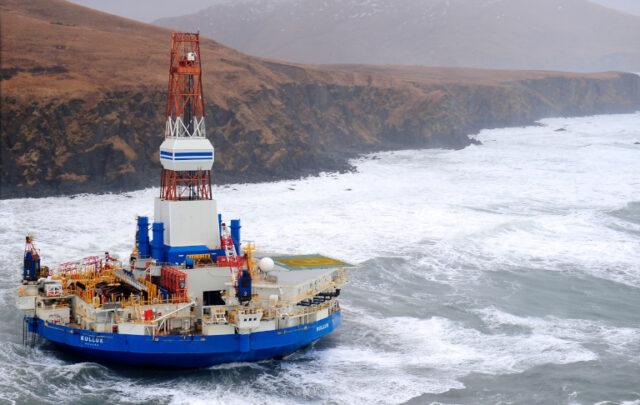1. Prices and production
So far it has been an unusually quiet week for oil prices which have hovered around $41 a barrel. An unexpectedly large jump of 7.2 million barrels in US crude inventories pushed prices down by less than a dollar. Contango continues in the oil markets with oil for April delivery going for nearly $4 a barrel higher than March, and December delivery nearly $14 higher than March.
OPEC officials are of mixed mind as to the effectiveness of their production cuts. Some are saying that prices seem to be firming while others are calling for additional cuts at the March 15th OPEC meeting. The continuing rise in US stockpiles clearly is strengthening the hand for those calling for another cut.
The United Steelworkers, who represent about 30,000 unionized refinery workers, have settled with Shell, thus avoiding a strike that could have taken place this week at 86 refineries and other facilities around the country.
Merrill-Lynch has released a research paper suggesting that non-OPEC oil production may have already peaked. This conclusion is based on a combination of the new IEA depletion rates for world oil fields, coupled with a lack of financing for new investment in maintaining production levels.
Despite all the talk about weak demand, the IEA reported on Wednesday that US consumption of petroleum products during January was only down by 2.8 percent compared with January 2008, and gasoline consumption was only down by 0.5 percent.
The miserable sales numbers for US automakers in January is a reminder that the Administration and Congress are going to have to do something about the industry in the next few weeks before important deadlines in March.
2. Growing troubles in Asia
In the last few days there has been a steady flow of bad news from Asia. Beijing announced that job losses from the economic downturn are now in excess of 20 million. On top of this, the most severe drought in decades is threatening nearly half of China’s winter wheat crop. Western sources are reporting that violent social unrest has broken out in parts of the country.
Japanese, Korean, and Taiwanese exports are down 30 to 40 percent and the IMF has reduced its forecast for Asian growth in 2009 from 4.9 to 2.7 percent. Australia is suffering from its worst heat wave ever, with temperatures running 43 to 45 deg. C. As in China, the nation’s food supply is threatened by the extreme heat.
The numbers are not in yet, but these region-wide problems must be having a serious impact on the demand for oil.






